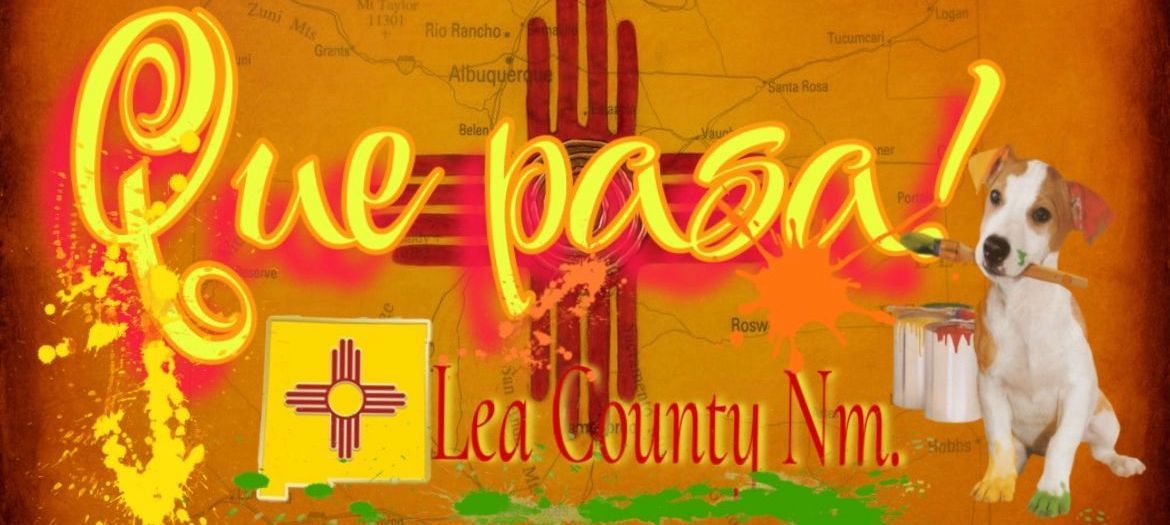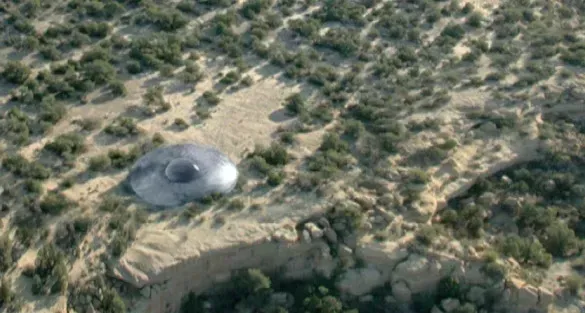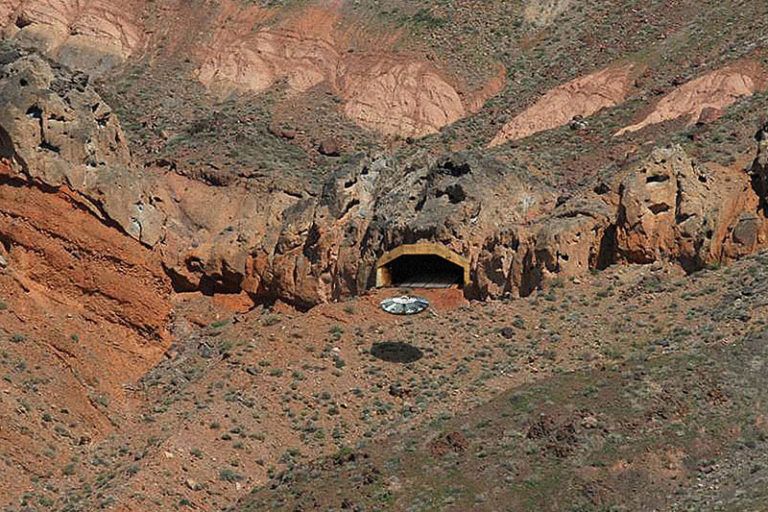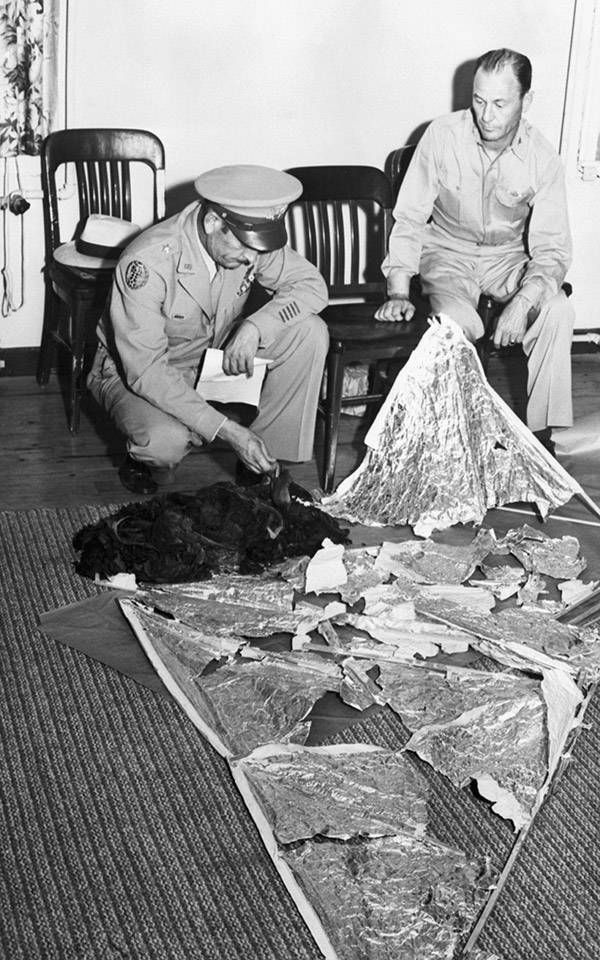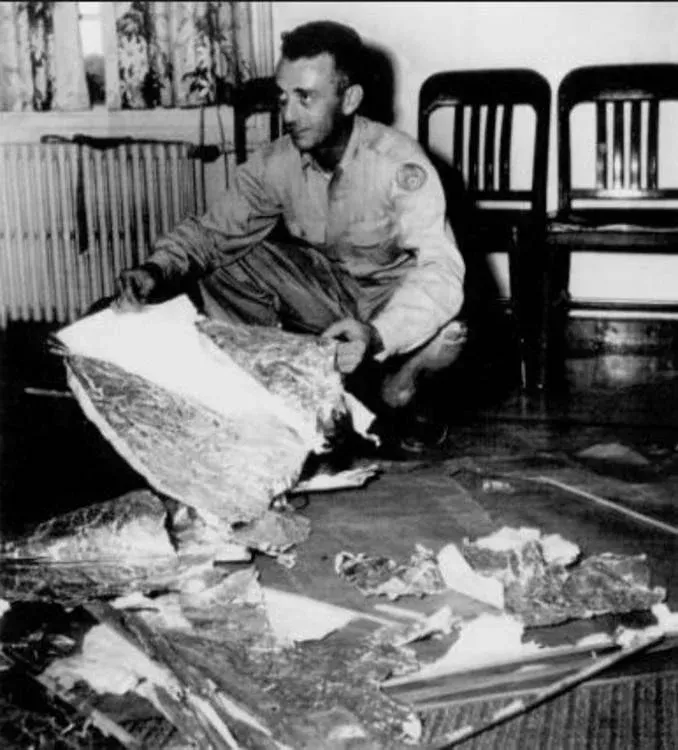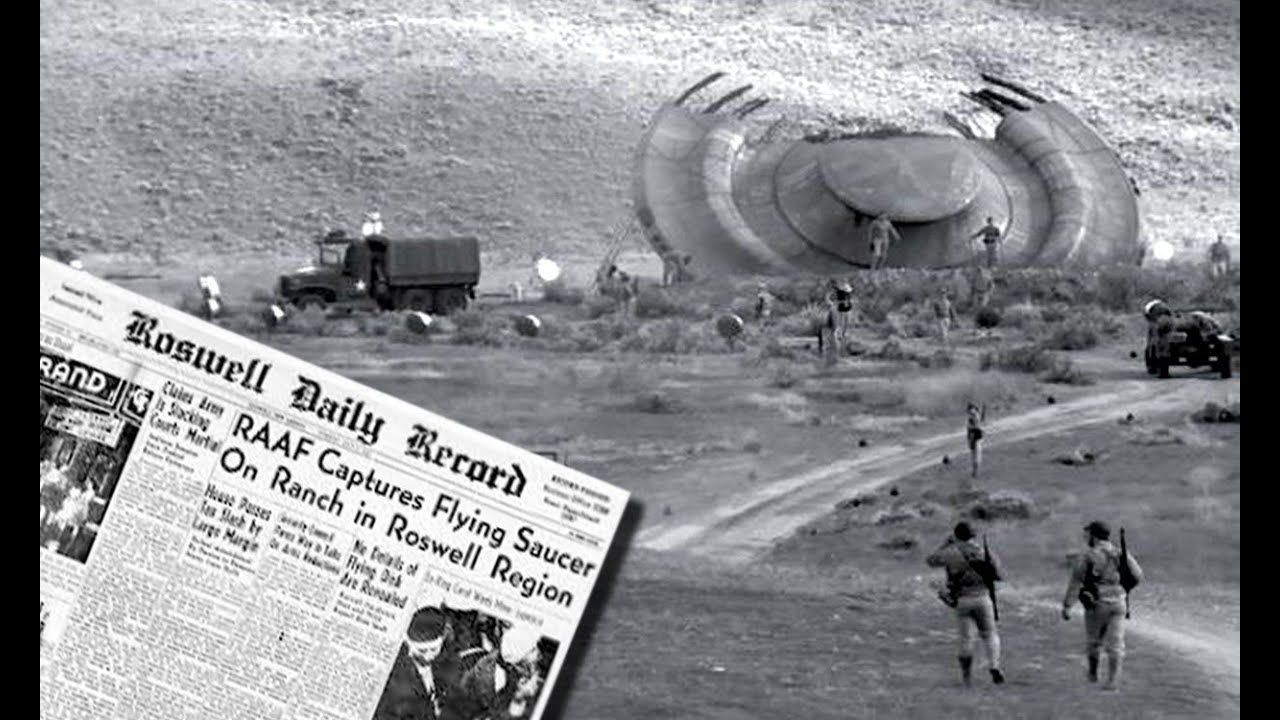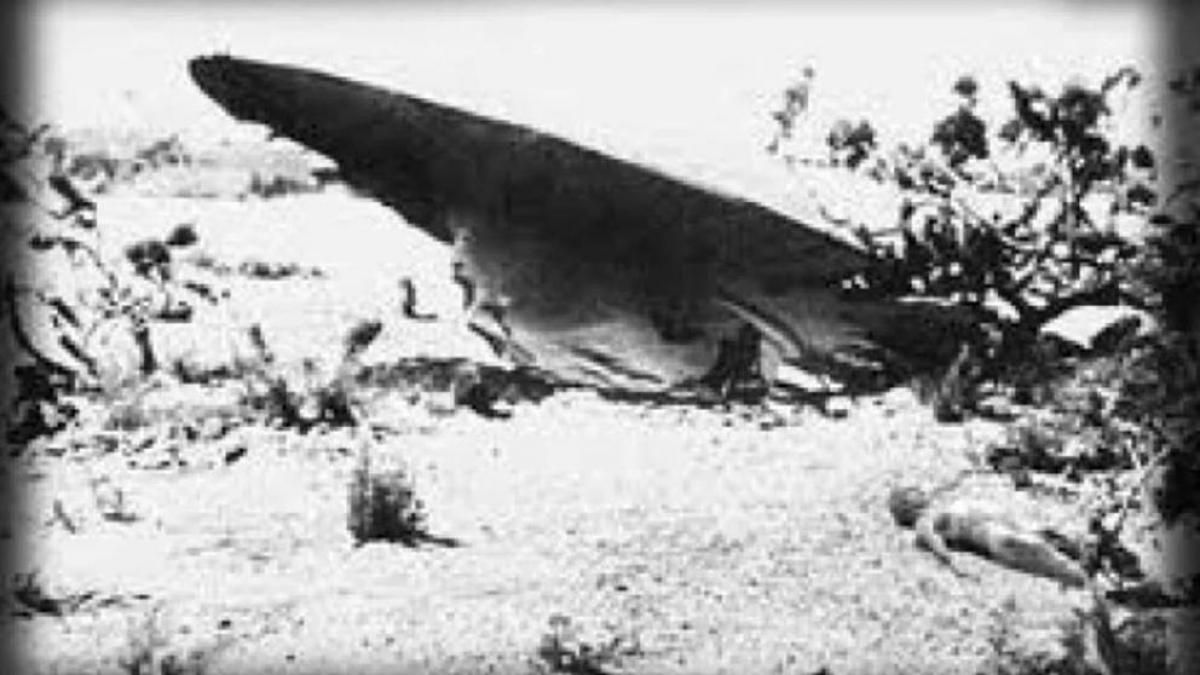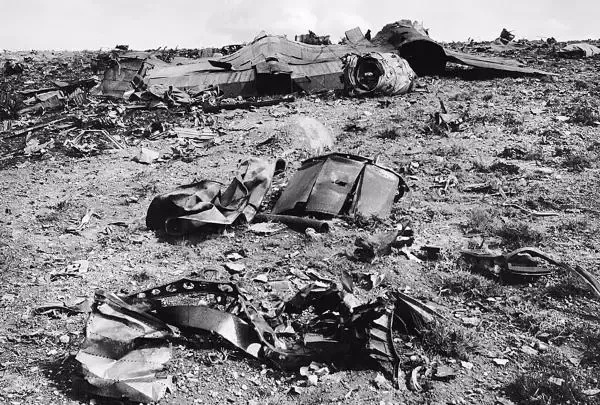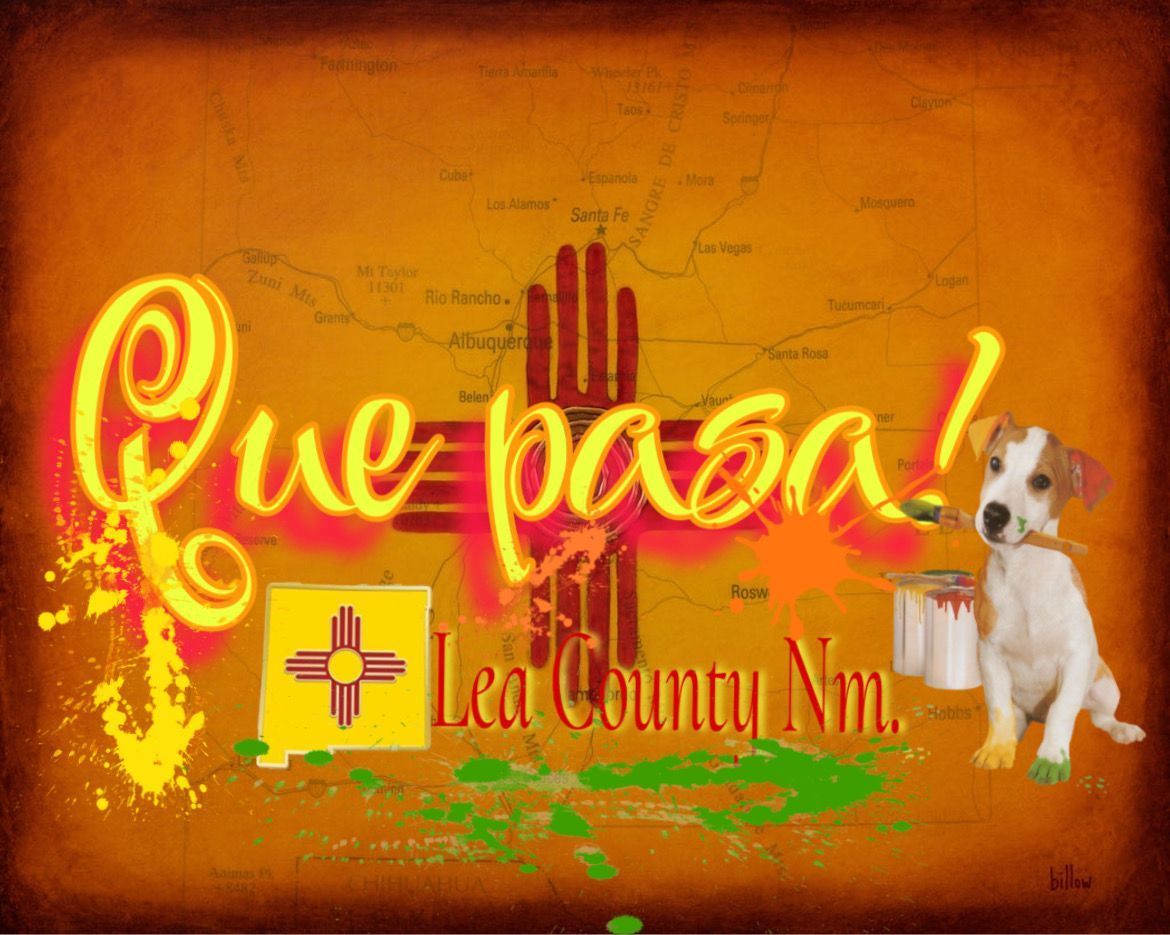Sometime between mid-June and early July 1947, rancher W.W. “Mac” Brazel found the wreckage on his sizable property in Lincoln County, New Mexico, approximately 75 miles north of Roswell. Several “flying disc” and “flying saucer” stories had already appeared in the national press that summer, leading Brazel to believe the wreckage—which included rubber strips, tinfoil, and thick paper—might be something of that ilk. He brought some of the material to Sheriff George Wilcox of Roswell, who in turn brought it to the attention of Colonel William Blanchard, the commanding officer of the Roswell Army Air Field (RAAF).
The next day, the RAAF released a statement, writing that, “The many rumors regarding the flying disc became a reality yesterday when the intelligence office of the 509th Bomb Group of the Eighth Air Force, Roswell Army Air Field, was fortunate enough to gain possession of a disc through the cooperation of one of the local ranchers and the sheriff's office of Chaves County.”
According to that statement, Major Jesse Marcel, an intelligence officer, oversaw the RAAF’s investigation of the crash site and the recovered materials.
The government changed its story about the Roswell ‘saucer’—a few times.
The following day, the Roswell Daily Record ran a story about the crash and the RAAF’s astonishing claim. But U.S. Army officials quickly reversed themselves on the “flying saucer” claim, stating that the found debris was actually from a weather balloon, releasing photographs of Major Marcel posing with pieces of the supposed weather balloon debris as proof.
For decades, many UFO researchers were skeptical of the government’s changed account, and in 1994, the U.S. Air Force released a report in which they conceded that the “weather balloon” story had been bogus. According to the 1994 explanation, the wreckage came from a spy device created for an until-then classified project called Project Mogul. The device—a connected string of high-altitude balloons equipped with microphones—was designed to float furtively over the USSR, detecting sound waves at a stealth distance. These balloons would ostensibly monitor the Soviet government’s attempts at testing their own atomic bomb. Because Project Mogul was a covert operation, the new report claimed, a false explanation of the crash was necessary to prevent giving away details of their spy work.
Other elements of the Roswell story—namely that some eyewitnesses claimed that there were alien bodies taken from the site—were explained as fallen parachute-test dummies in a more extensive follow-up report in 1997.
Roger Launius, a historian and retired curator for the Division of Space History at the Smithsonian National Air and Space Museum, says those two reports close most of the remaining questions about Roswell.
